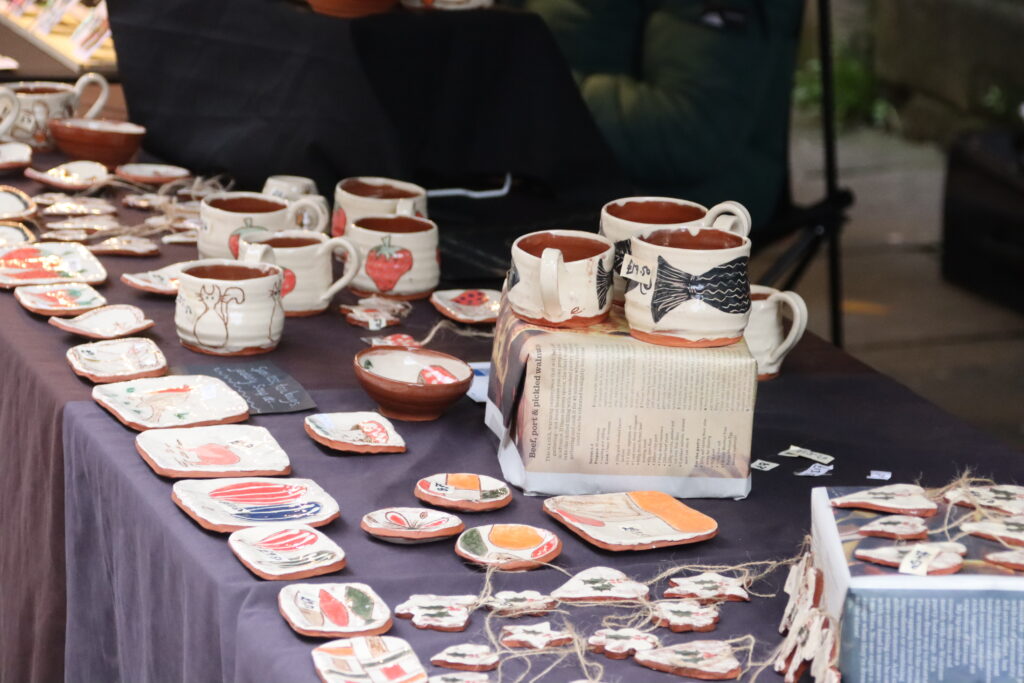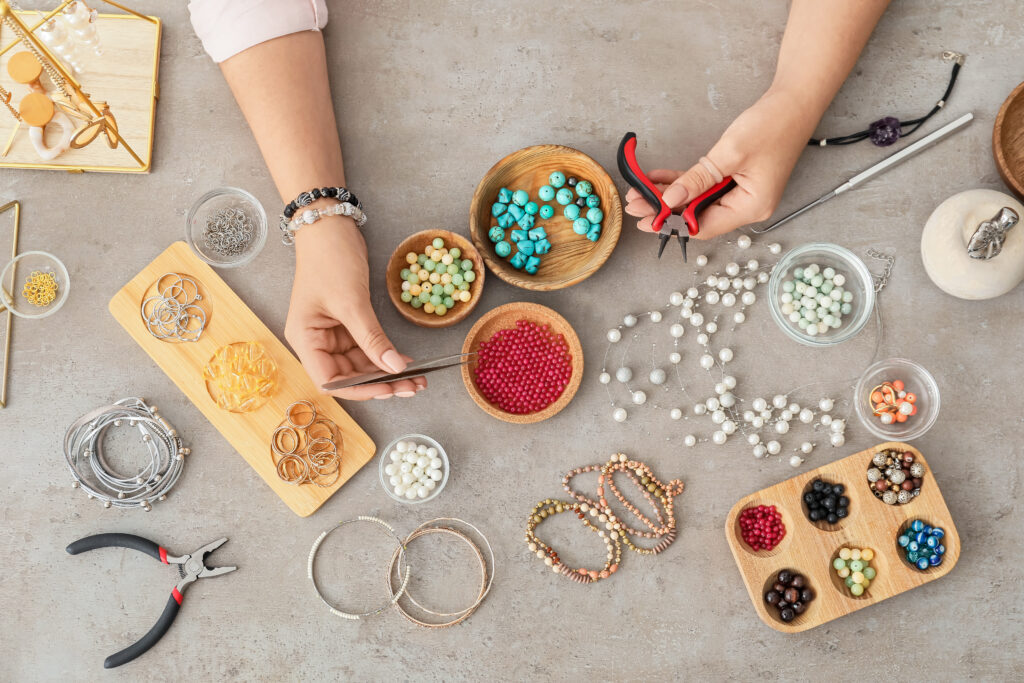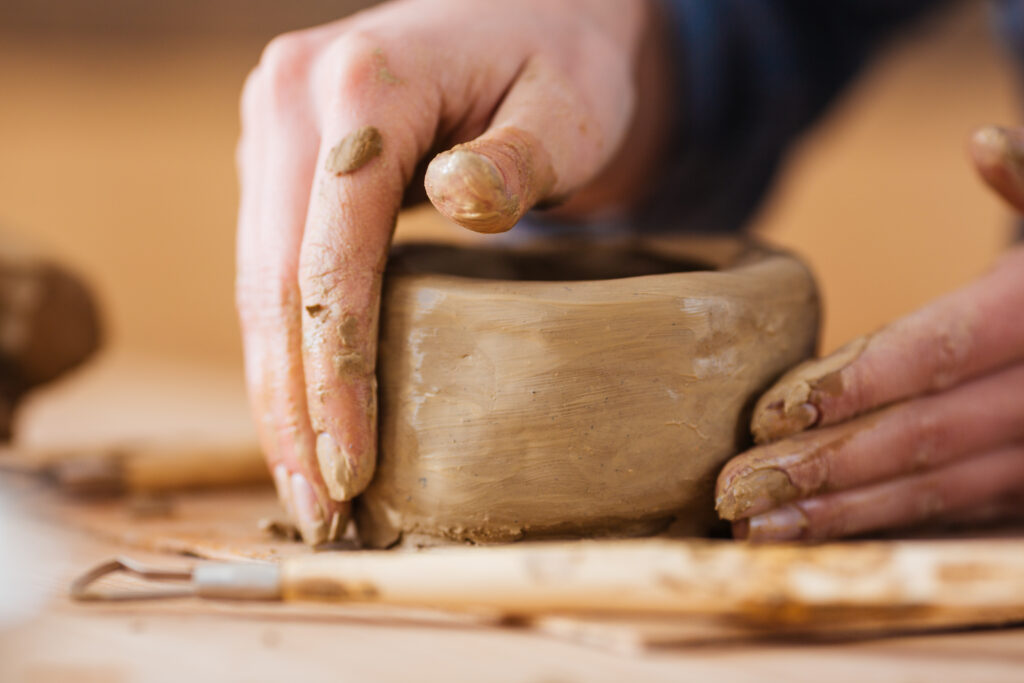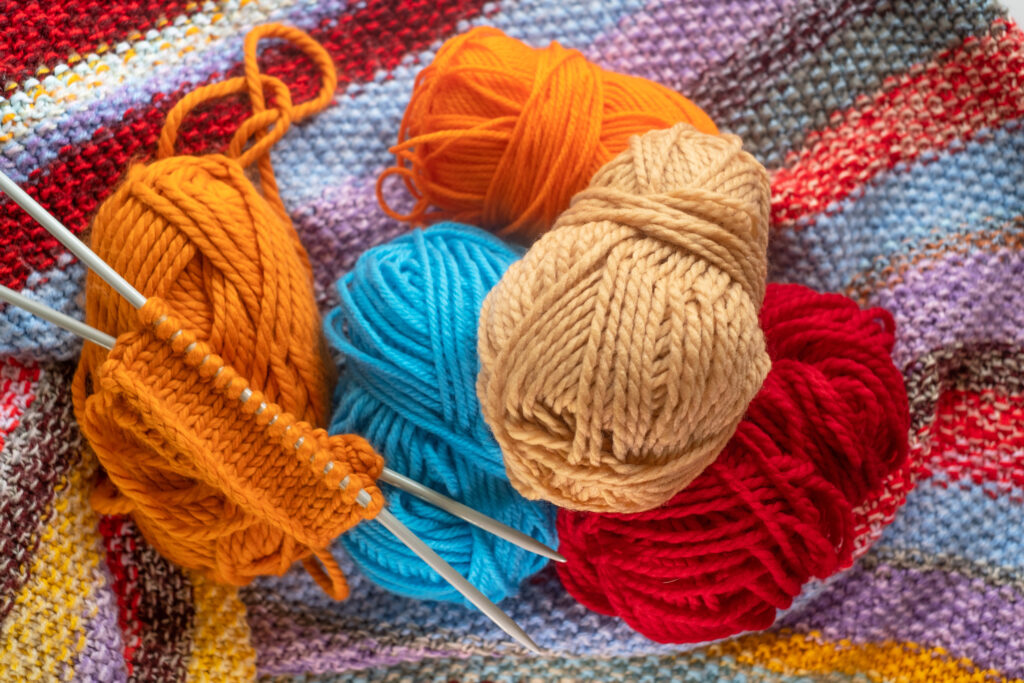The craft industry in the United Kingdom is set to flourish in 2025, with handmade goods continuing to captivate consumers seeking quality, authenticity, and sustainability. According to the Crafts Council, the UK’s passion for craft has never been greater, with 73% of adults purchasing handmade goods in recent years, contributing to annual sales exceeding £3 billion. The rise of e-commerce has also transformed the market, with over 10 million Brits now buying craft online—more than triple the number a decade ago. Despite this growth, in-person purchases remain popular, reflecting the personal connection many feel towards handmade items.
As the market evolves, it is more important than ever for artisans and small businesses to stay ahead of emerging trends to maintain a competitive edge. The UK’s growing appreciation for craftsmanship and eco-conscious products is driving demand for unique, handmade creations that stand apart from mass-produced alternatives.

Key Trends Shaping the UK Craft Industry in 2025
Sustainability and Eco-Friendly Crafts
Sustainability continues to dominate the UK craft industry in 2025, with eco-conscious consumers driving demand for environmentally friendly products. Artisans are increasingly turning to recycled and natural materials, such as reclaimed wood, organic fabrics, and biodegradable packaging, to meet this demand. The trend of upcycling has gained significant traction, with makers transforming old furniture, textiles, and even clothing into fresh, creative pieces.
- Upcycling in fashion is growing year-on-year, emerging as a key trend in sustainable clothing creations.
- Many UK artisans are incorporating FSC-certified wood and plant-based dyes into their creations to appeal to eco-conscious buyers.
Artisans who prioritise sustainability and communicate their eco-friendly practices effectively are well-positioned to capture the attention of mindful UK consumers.
Personalisation and Customisation
Consumers are increasingly seeking bespoke items that reflect their individuality. From monogrammed jewellery to custom-made home décor, personalised products are thriving on platforms like Etsy UK, where tailored options dominate sales.
- Advances in technology have made it easier for artisans to offer customisation at scale using tools like laser engraving or AI-assisted design software.
- Personalised gifts are particularly popular, with buyers valuing the unique touch of handmade crafts.
Offering personalised options not only enhances customer satisfaction but also allows makers to charge premium prices for unique creations.
Nostalgia and Vintage-Inspired Creations
The resurgence of nostalgia is shaping consumer preferences across the UK craft industry. Traditional techniques like pottery, weaving, and embroidery are making a comeback as buyers seek connections to heritage and craftsmanship. Vintage-inspired designs—such as retro crochet patterns or rustic woodwork—are especially popular among younger generations embracing timeless aesthetics.
- Younger consumers are driving this trend, with under-35s now accounting for almost a third of craft buyers in the UK.
- Retro aesthetics paired with modern functionality are helping artisans appeal to a wide audience.
This revival aligns with broader cultural trends celebrating history and authenticity.

Tech-Integrated Crafts
Technology is revolutionising the craft industry by enabling intricate designs and efficient production methods. Tools like laser cutters and AI-driven engraving software are becoming more accessible, allowing artisans to blend traditional craftsmanship with modern innovation.
- AI tools simplify complex design processes, making advanced techniques achievable even for small-scale makers.
- Laser cutting is being used for precision work in jewellery, home décor, and stationery products.
This fusion of technology and artistry offers opportunities for creating high-quality, distinctive products that stand out in competitive markets.
Maximalism in Design
In contrast to the minimalism of previous years, maximalism is taking centre stage in 2025. Bold colours, vibrant patterns, and layered textures are replacing subdued tones and simple designs. This trend reflects a broader cultural shift towards joyful self-expression through art and design.
- Colourful crochet accessories, statement home décor pieces, and vibrant textiles are key examples of maximalist crafts.
- Maximalism resonates with consumers seeking individuality and fun in their purchases.
Artisans embracing this trend can create eye-catching products that align with the playful energy of contemporary design preferences.

Emerging Niches in Handmade Markets
The handmade market is constantly evolving, and 2025 presents exciting opportunities for UK craft traders to explore emerging niches. From wellness products to upcycled textiles and unique accessories, these trends cater to the growing demand for sustainability, individuality, and creativity.
Wellness and Self-Care Products
The wellness sector has become a cornerstone of handmade markets, with consumers seeking products that promote relaxation and self-care. Craft traders can create items such as:
- Hand-poured aromatherapy candles: Use essential oils like lavender or eucalyptus for stress relief. Pair them with unique containers like vintage teacups or apothecary jars to add charm. For example, traders could follow recipes like those shared by Luxury Candle Supplies, which highlight innovative scents like matcha or cucumber blends
- Natural handmade soaps: Incorporate ingredients such as coconut oil, calendula petals, or essential oils to create nourishing skincare products. Brands like Mountain Garden Botanics showcase how soaps can combine aromatherapy benefits with sustainable practices
- Custom herbal tea blends: Combine dried herbs like chamomile, peppermint, and lemon balm to create soothing tea samplers. Package them in reusable tins or biodegradable sachets for an eco-friendly touch.
Textile Transformations
Sustainability is driving innovation in textile crafts, with upcycled fabrics gaining popularity. Craft traders can repurpose materials into practical and stylish items:
- Patchwork tote bags: Use fabric scraps or old upholstery to create colourful, eco-friendly shopping bags. This aligns with trends highlighted by Haberdasher Bee, where offcuts are transformed into functional items like cushions or bags
- Recycled denim accessories: Turn old jeans into scrunchies, aprons, or even patchwork quilts. Brands like E.L.V. Denim, which upcycle vintage denim into luxury pieces, provide inspiration for smaller-scale crafters
Unique Accessories
Playful and personalised accessories are a growing niche among younger consumers:
- Beaded phone charms: These trendy Y2K-inspired items are easy to make using colourful beads and waxed cords. Tutorials on platforms like YouTube demonstrate how crafters can create custom designs that appeal to tech-savvy shoppers
- Crochet scrunchies and gloves: Use leftover yarn to craft vibrant scrunchies or fingerless gloves. Crochet accessories are both practical and fashionable, offering a sustainable alternative to mass-produced items

How Crafters Can Capitalise on These Trends
Crafters in the UK handmade market can harness current trends by leveraging online platforms, storytelling, and social media to expand their reach and build stronger connections with customers. Here’s how:
1. Leveraging Online Platforms
Platforms like Etsy, Amazon Handmade, and Shopify provide crafters with excellent opportunities to sell their products to a wider audience. For example:
- Etsy is ideal for niche, personalised items such as monogrammed jewellery or bespoke home décor. Its community-focused approach allows crafters to showcase their creativity and connect with buyers who value unique, handmade goods.
- Amazon Handmade offers access to a vast customer base and benefits like Amazon Prime eligibility, which can boost sales for high-demand products like eco-friendly candles or upcycled crafts
- Shopify allows crafters to create fully customised online stores, perfect for building a distinct brand identity.
Crafters should assess their product range and target audience to choose the platform that best aligns with their goals.
2. Incorporating Storytelling
Storytelling is a powerful tool for connecting with customers. Share the journey behind your creations—whether it’s your commitment to sustainability, the inspiration for your designs, or the traditional techniques you use. For instance:
- Highlight how your handmade soaps are crafted using locally sourced ingredients or how your upcycled bags reduce textile waste.
- Use your stall signage or online shop’s “About” section to tell these stories, creating an emotional connection with buyers.
3. Using Social Media
Social media platforms like TikTok and Instagram are invaluable for showcasing your creative process and engaging with potential customers. Tips include:
- Create short time-lapse videos of your crafting process or “before-and-after” transformations of upcycled items to captivate viewers.
- Use trending hashtags like #HandmadeUK or #CraftTok to increase visibility and attract a broader audience
- Post packing videos or behind-the-scenes content to give followers a glimpse into your business operations.
By combining these strategies, crafters can effectively capitalise on trends while building lasting relationships with their audience.

Conclusion
So, there you have it. A deep dive into the key trends and emerging niches shaping the UK craft industry in 2025, along with actionable tips to help you capitalise on them.
The craft industry is thriving, and there’s never been a better time to embrace these trends and grow your handmade business. Whether you’re selling at local markets or expanding your reach online through platforms like Etsy or Shopify, every new creation could be the start of something big.
If you’re selling handmade crafts at a market stall, don’t forget that you’ll need Market Traders Insurance to protect your business. Buy your crafters insurance policy online at CMTIA, or contact our friendly team for advice. We’re here to support you every step of the way as you build your crafting journey!



